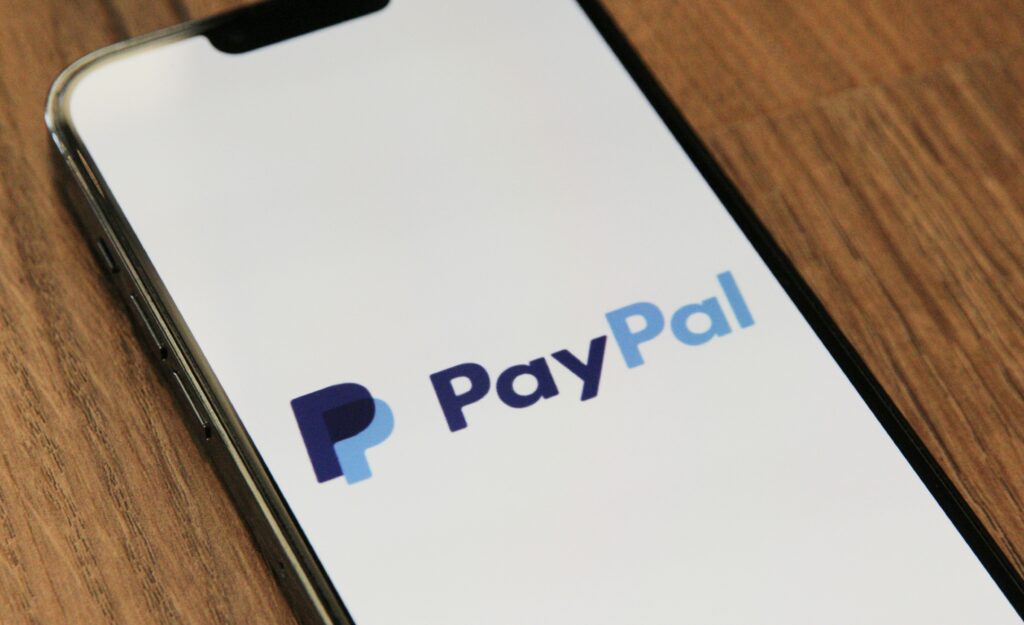Telemedicine is a great way for patients to get care from the comfort of their own home. But what if you don’t speak English?
Telemedicine companies can take advantage of this situation by expanding their market share by offering telehealth services in multiple languages. This is a major market opportunity for healthcare professions and service providers, and one you should start pursuing while there’s no competition.
The ability to communicate with one’s doctor from the comfort of home is a major upside to telemedicine.
Patients can see the doctor from their home or workplace, and there are no travel costs associated with getting to an appointment. Additionally, many healthcare organizations have begun offering telemedicine services through their own facilities, which means patients in the hospital (or at home, if they were previously discharged) can receive telecare remotely.
The convenience of these services is undeniable—but what about cost? There are two main costs associated with telemedicine programs:
- The price you pay for each session, and
- The cost of equipment used during your sessions.
The equipment will largely depend on your information technologies infrastructure. Telehealth technology relies on fast connection between clinician and patient. Creating the infrastructure properly will positively affect the cost structure while offering secure communication technology to provide patient care.
The price of each session will vary depending on the type of telemedicine service you implement. Some services charge per visit, while others charge a monthly fee for unlimited access to a doctor. Most services offer some form of insurance coverage, so be sure to enroll your startup with all the insurance companies and providers possible, like Medicare and Medicaid.
Hispanics in the United States are still under-served in terms of access to health care.
According to the Office of Minority Health, Hispanics are the largest minority group in the United States. As of today, there are over 61 million Hispanic Americans—that’s about 19% of all US residents.
Hispanic Americans have a higher incidence of chronic diseases such as diabetes and obesity than non-Hispanic whites, who comprise almost two-thirds of the population (65%). Additionally, Hispanics have a lower life expectancy than non-Hispanic whites: Hispanic men live an average 79 years while women live an average 84 years; for non-Hispanic white men and women it’s 76 and 81 years respectively.
This is a underserved group who generally lack proper health care and means to pay for it. Offering a telehealth program to Spanish-speaking customer segments of the US can mitigate health issues for them while providing a steady revenue stream for you.
In many regions, there aren’t enough primary care physicians for everyone who might need to see one.
There’s a shortage of primary care physicians in the US right now. It’s expected to get worse over time, which means that people who aren’t familiar with American health care systems will likely have even more trouble finding someone they can communicate with.
It’s hard enough for English speakers to find a doctor who speaks their language—but it’s even harder for non-English speakers. This is especially true when you’re trying to understand how an illness or injury works, or what your options are for treatment. When we talk about telemedicine, we’re talking about making it easier for people to get help from doctors who speak different languages—and thus can better understand their needs and explain things clearly (in their own language).
Fewer than a quarter of US hospitals offer Spanish-English interpretation services.
Many patients don’t have the option of communicating in their native language, even though they need to.
This is because only 23% of hospitals offer Spanish-English interpretation services. Even if you do find a hospital that offers this service, there’s no guarantee your doctor will speak Spanish. In fact, only 3 percent of doctors speak a language other than English or Spanish at work and only half speak Spanish, according to a 2017 study by the National Center for Health Statistics (NCHS).
Telemed companies are intervening with solutions to improve access to health care for non-English speakers.
Telemedicine companies are intervening with solutions to improve access to health care for non-English speakers. One example of a telemedicine company that is expanding market share by offering services in multiple languages is Teladoc, which has over 1 million members and facilitates more than 3 million virtual appointments per month.
The healthcare market is large and fragmented, with few barriers to entry or exit. The lack of barriers means that companies can enter or exit the healthcare industry easily, which may result in an increase in competition over time as new players enter the marketplace (although this does not necessarily happen).
Access to healthcare for Spanish speakers in rural areas is always important. Tele-health information makes it easy to receive patient monitoring services, mental health follow-ups, and even in-person care delivery with mobile health units.
The value proposition is clear. Mhealth providers are in demand. This is a business plan with functionalities that benefit not just residents (rural communities and cities, alike), but also stakeholders. There’s a lot of money in the healthcare industry. Tap into it with a telehealth business model that offers sustainability to healthcare professionals, payers, insurance providers, and partners.
You can offer a telemedicine service that connects patients with bilingual doctors and other providers via web chat or videoconferencing.
We’re living in a global world, and it’s only getting more diverse. According to the Pew Research Center, there were over 9 million U.S. residents who spoke a language other than English at home in 2016—and that number was up from 7.8 million just five years earlier.
In fact, many of these new arrivals come from countries where English is not the primary language (hence the term “non-English speakers”). With such rapid growth of non-English speakers in America, healthcare providers have an amazing opportunity to expand their market by offering medical services in multiple languages—a task currently being handled by only one out of every five doctors’ offices across the country!
All healthcare services should consider providing bilingual services as well:
according to census data, more than half (51%) of physicians are bilingual or have training in an additional language beyond their native tongue; furthermore, around 15% of nurses are bilingual and can help facilitate telecommunication between patients and providers who speak different languages
Telemedicine companies could be expanding market share by offering their services in multiple languages.
Companies that offer telemedicine services to the underserved community could expand their market share by offering their services in multiple languages. Telemedicine companies are already doing this, but more could be done to improve access for non-English speakers.
Telemedicine providers should consider making use of multilingual staff as a way to increase accessibility for non-English speakers. This can help reduce language barriers and allow non-English speakers to better communicate with doctors and nurses, who may not speak the same language or have other communication barriers.
For example, VirtualHealth Clinic has developed an app that lets patients request doctor visits from anywhere in the country via video consultations or phone call in their preferred language.
Start your journey today with a telemedicine business model that supports non-English speakers.
Telemedicine is one of the fastest-growing health care industries in the United States. There are many reasons why telemedicine companies should take advantage of this opportunity, but perhaps none more important than the ability to expand their reach by offering their services in multiple languages.
By targeting non-English speakers and providing bilingual doctors and other providers via web chat or video call, e-health companies could be expanding market share by connecting patients with the care they need. End users benefit by being heard and receiving care, providers benefit financially.







